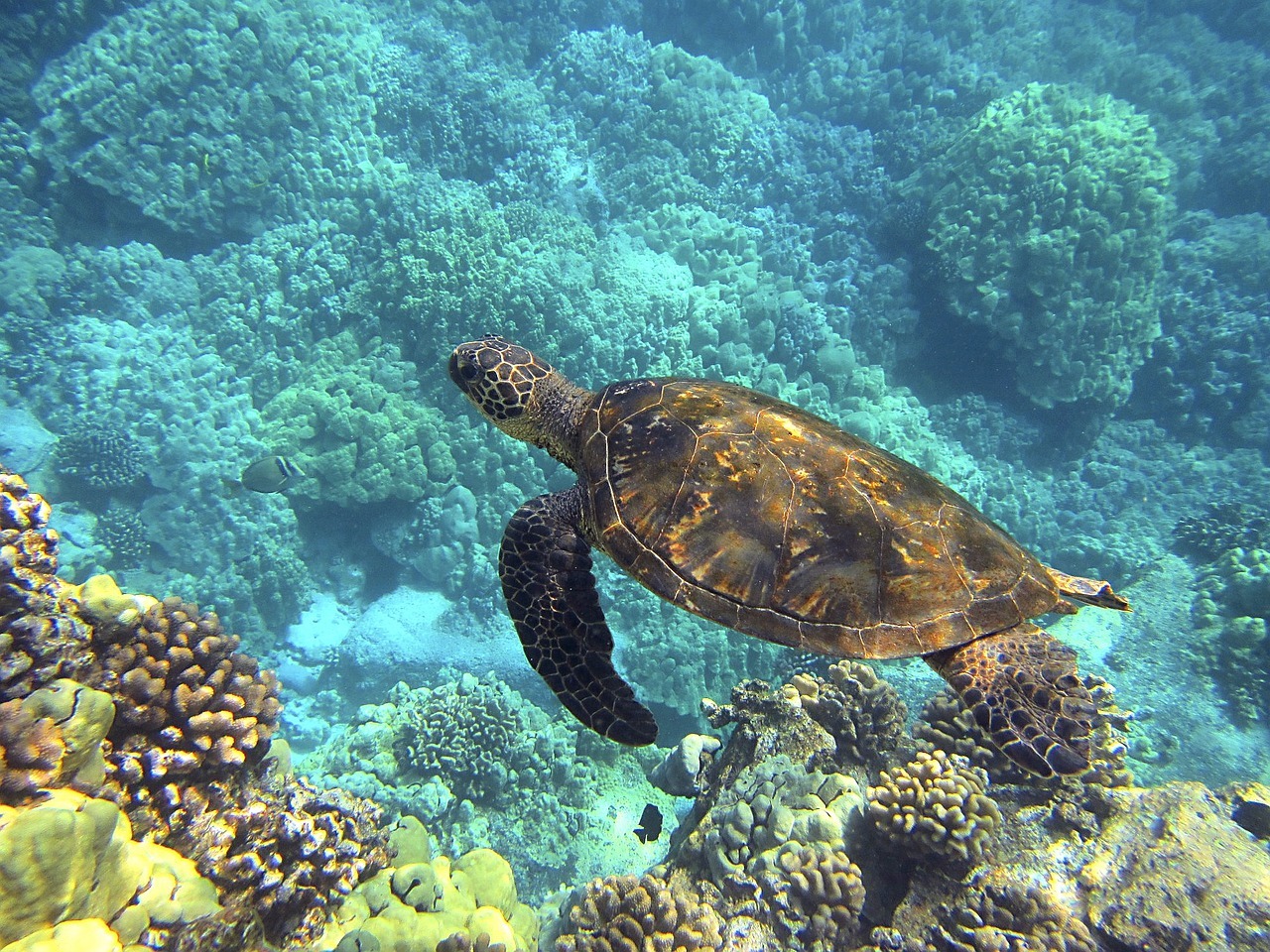– The fundamental role of seagrasses in marine ecosystems
– The impact of seagrasses on water quality and carbon sequestration
– Threats to seagrass meadows and the importance of their conservation
– The relationship between seagrass habitats and protected marine species
– Ongoing conservation efforts to protect and restore seagrass meadows
Seagrasses represent one of our planet’s most productive and biologically diverse ecosystems. These flowering plants, fully adapted to live submerged in salty waters, form extensive underwater meadows critical to marine environments’ health. Their role is multi-faceted, encompassing improving water quality, providing habitat and food for marine wildlife, and contributing to the fight against climate change through carbon storage. This article explores the complexity of seagrass ecosystems, the challenges they face, and the concerted efforts needed to ensure their survival.
Seagrasses are powerhouse botanicals that significantly contribute to the marine environment’s overall health and productivity. Their long, ribbon-like leaves slow water flow, facilitating the settlement of suspended particles and improving water clarity. This natural filtration process is crucial in maintaining the high quality of marine waters. Moreover, seagrasses have an extraordinary capability to capture and store carbon dioxide from the environment, known as carbon sequestration. This ability makes them vital players in mitigating the effects of climate change.
However, despite their importance, seagrass meadows are threatened by various sources, including coastal development, pollution, and the impacts of climate change, such as ocean acidification and rising sea temperatures. These stressors can lead to seagrass decline, adversely affecting the marine species dependent on these habitats for survival. The degradation of seagrass beds also diminishes their ability to act as effective carbon sinks, further exacerbating the global challenge of climate change.
Seagrass meadows provide essential food, nursery grounds, and shelter for many marine organisms in the web of life beneath the waves. This includes various species listed under SAFE (Saving Animals From Extinction) programs, such as sea turtles, dugongs, and certain shark species. These animals rely on healthy and thriving seagrass ecosystems for their feeding and breeding activities, highlighting the interconnectedness of marine life and the critical role of seagrasses in sustaining it.
Recognizing seagrasses’ pivotal role, conservationists and researchers worldwide are intensifying their efforts to protect and restore these vital ecosystems. Projects range from mapping and monitoring seagrass distribution to actively planting seagrasses in areas where they have been lost. Conservation strategies also focus on mitigating impacts from human activities, such as implementing stricter water quality regulations and creating marine protected areas that safeguard seagrass meadows and their resident species.
A multifaceted approach involving science, policy, and community engagement is essential to ensure the longevity and resilience of seagrass ecosystems. Researchers continue to expand our understanding of seagrass biology and ecology, which informs more effective conservation and restoration methodologies. Policymakers play a critical role in enacting regulations protecting seagrass habitats from harm. Moreover, educating and involving local communities in seagrass conservation efforts is vital for fostering stewardship and ensuring the sustainable use of marine resources.
Preserving seagrass meadows is not just about protecting a single type of marine plant but about safeguarding the future of our oceans. The survival of countless marine species, the health of marine ecosystems, and the well-being of human communities that rely on the sea are intricately linked to the fate of these underwater meadows. As conservationists redouble their efforts to protect these crucial habitats, all sectors of society must recognize the value of seagrasses and contribute to their conservation. Through collective action and commitment, the future of seagrass meadows and the myriad of life they support can be secured.
*****
Source Description
🌊 are remarkable flowering plants that create vast underwater meadows, forming intricate, thriving, and diverse habitats. These habitats enhance water quality by filtering and storing nutrients and pollutants.
Seagrasses serve as a vital source of food and shelter for thousands of species, including many covered under SAFE species programs, such as sea 🐢 and 🦈. Learn more about these fascinating marine species and the ongoing efforts to protect their habitats through the Link in bio!

